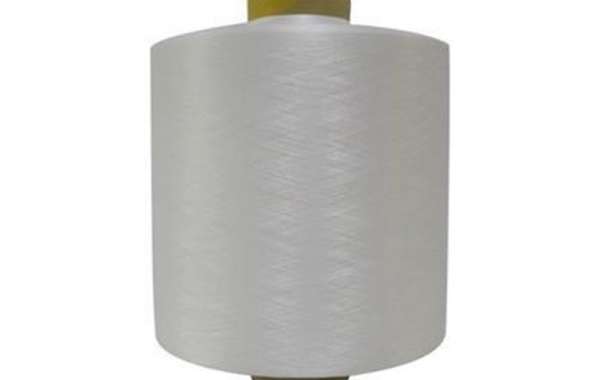High-quality yarns represent an investment in crafting excellence, and proper care ensures they remain in top condition for future projects. Unlike lower-grade yarns, these materials often require specific handling to maintain their softness, color, and structural integrity. By following a few key practices, crafters can protect their high-quality yarns and enjoy them for years.
Storage is the first consideration for preserving high-quality yarns. Keeping them in a cool, dry place prevents moisture damage and mildew. Airtight containers or vacuum-sealed bags offer protection against pests, while cedar blocks or lavender sachets deter moths naturally. Avoid storing high-quality yarns in plastic bags without ventilation, as trapped humidity can weaken fibers over time.
Cleaning finished projects made from high-quality yarns demands attention to fiber-specific needs. Wool and other animal-based yarns often require gentle hand washing in lukewarm water with mild detergent. Lay flat to dry to prevent stretching or distortion. Plant-based high-quality yarns, like cotton or linen, may tolerate machine washing on delicate cycles, but checking care labels is essential.
Preventing pilling helps maintain the appearance of items made with high-quality yarns. While some natural fuzzing is normal, using a fabric shaver or sweater stone sparingly can keep surfaces smooth. Turning garments inside out before washing reduces friction, further minimizing pilling. High-quality yarns generally resist pilling better than cheaper alternatives, but proper care extends their pristine look.
Managing yarn ends and leftovers efficiently ensures no high-quality yarn goes to waste. Small quantities can be saved for embellishments, repairs, or scrap projects. Winding leftover high-quality yarns into center-pull balls prevents tangling and makes them ready for future use. Labeling remnants with fiber content and dye lot information helps when matching yarns later.
Avoiding prolonged exposure to sunlight preserves the vibrancy of high-quality yarns. UV rays can fade even the most expertly dyed yarns, so storing them away from windows or displaying finished projects in shaded areas helps. For heirloom pieces, occasional rotation prevents one side from fading more than another.
By adopting these care practices, crafters can maximize the value and longevity of their high-quality yarns. Thoughtful storage, gentle cleaning, and careful handling ensure that every skein remains a pleasure to work with, project after project.







